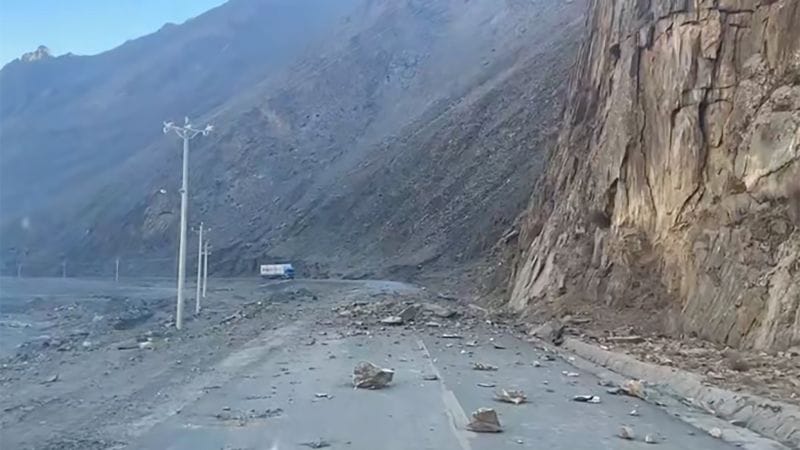A catastrophic 7.1-magnitude earthquake struck Tibet early Tuesday morning, leaving at least 126 people dead and causing widespread devastation across the Himalayan region. The earthquake’s epicenter was located in Tingri County, close to the Nepal border, with tremors felt in northern India and surrounding areas.

The Aftermath of the Earthquake
The powerful quake toppled homes, destroyed infrastructure, and left remote villages completely cut off. Emergency response teams are racing against time to rescue survivors trapped under rubble, but their efforts are being challenged by the region’s harsh winter conditions. Over 500 aftershocks have been reported, adding to the fear and uncertainty among local residents.
Impact on Local Communities
This tragedy has left thousands homeless and in desperate need of food, shelter, and medical aid. The full scale of the destruction is still being assessed, but early reports indicate that recovery and rebuilding efforts could take years. Many fear the long-term impact on already vulnerable communities in this seismically active region.
Global Response and Support
International aid organizations and neighboring countries are stepping in to provide assistance. Relief efforts include sending medical supplies, rescue equipment, and trained personnel to the affected areas. However, the remote and mountainous terrain poses significant logistical challenges.
What Lies Ahead?
The region remains on high alert as aftershocks continue to shake the area. Analysts warn that rebuilding efforts will require substantial international support, both financial and technical, to restore normalcy to the affected regions.
This devastating event underscores the urgent need for improved earthquake preparedness and response strategies in high-risk areas. As the world watches, the resilience of these communities will be put to the test.
Stay tuned for updates as rescue and recovery operations continue. Our thoughts are with the victims and their families during this difficult time.



